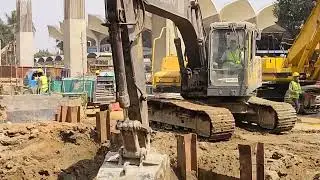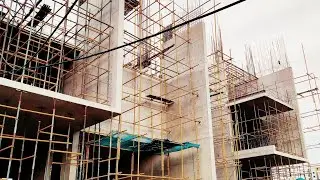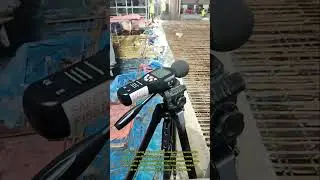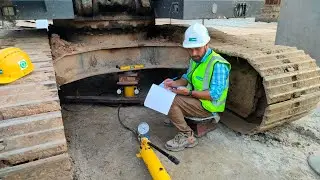How to use Noise Monitoring Device
A noise monitoring device is used to measure and record noise levels in a specific environment. These devices are commonly used in various settings, including workplaces, construction sites, urban areas, and entertainment venues, to ensure compliance with noise regulations and to protect hearing health.
Types of Noise Monitoring Devices
1. *Sound Level Meters (SLMs):* Handheld devices used for spot-checking noise levels.
2. *Dosimeters:* Personal devices worn by individuals to measure their exposure to noise over time.
3. *Permanent Noise Monitors:* Installed devices that continuously monitor noise levels in a particular area.
How to Use a Noise Monitoring Device
1. *Choose the Right Device:*
Select an appropriate device based on the environment and the type of noise monitoring needed (e.g., occupational, environmental, etc.).
2. *Calibrate the Device:*
Ensure the device is calibrated according to the manufacturer's instructions. This is crucial for accurate measurements.
3. *Position the Device:*
For SLMs, hold the device at arm's length, away from your body, and at ear level if measuring personal exposure.
For dosimeters, attach the device to the individual in the appropriate position.
For permanent monitors, install them at strategic locations where noise levels need to be monitored continuously.
4. *Set the Parameters:*
Configure the device settings, such as weighting (A-weighting for general noise measurement, C-weighting for peak levels), time averaging (fast or slow response), and threshold levels.
5. *Conduct the Measurement:*
Turn on the device and allow it to capture noise levels. For SLMs, take readings at different times and locations for a comprehensive assessment.
For dosimeters, ensure they are worn for the entire period of interest to measure cumulative exposure.
For permanent monitors, ensure they are correctly installed and maintained for continuous monitoring.
6. *Record and Analyze Data:*
Record the measured noise levels manually or use the device's data logging features.
Analyze the data to determine if noise levels comply with relevant standards and regulations (e.g., OSHA, EPA).
7. *Take Action:*
If noise levels exceed acceptable limits, implement noise control measures such as engineering controls, administrative controls, or personal protective equipment (PPE).
8. *Regular Maintenance:*
Regularly maintain and calibrate the device to ensure its accuracy and reliability.
Best Practices
*Regular Monitoring:* Conduct regular noise assessments to detect any changes in noise levels over time.
*Training:* Ensure that personnel using the devices are properly trained.
*Documentation:* Keep detailed records of all noise measurements and actions taken.
Common Applications
*Workplace Safety:* Monitoring noise levels to protect workers' hearing.
*Environmental Monitoring:* Measuring noise pollution in urban areas or near construction sites.
*Event Management:* Ensuring sound levels at events are within permissible limits.
*Research:* Studying noise levels in various environments for academic or industrial research.



















